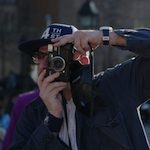
 RICKY POWELL: THE INDIVIDUALIST is a 2020 documentary about the late New York City photographer/scenester who documented the golden age of hip hop and the ‘80s New York City art scene. Most of us know of him because of a line in a Beastie Boys song – he grew up with Ad Rock and went with them on their tours for around a decade, hanging out and taking photos. He also took many famous pictures of Run DMC, LL Cool J and Public Enemy.
RICKY POWELL: THE INDIVIDUALIST is a 2020 documentary about the late New York City photographer/scenester who documented the golden age of hip hop and the ‘80s New York City art scene. Most of us know of him because of a line in a Beastie Boys song – he grew up with Ad Rock and went with them on their tours for around a decade, hanging out and taking photos. He also took many famous pictures of Run DMC, LL Cool J and Public Enemy.
And it was more than that. He just lived in an interesting place and time, and knew a ton of people who went on to do big things, who were comfortable with him and let him take candid photos of them. Club kids, actors, graffiti artists. Some of his old friends are interviewed in the movie: Natasha Lyonne, Debi Mazar, Fab 5 Freddy, Laurence Fishburne, the graffiti writer Zephyr.
And it’s a documentary that works on a couple levels because it’s going back through his life and history but also it’s a story about where he was at at the time of the interviews: a guy in his late 50s still dressing like he’s in his 20s, dealing with many demons, living in a small apartment crammed full of sneakers, hats, loose slides and negatives and drug paraphernalia dumped all around, graffiti on the shower tiles. If he was your neighbor and you didn’t know his history he would be your weirdo neighbor, you would wonder what was up with him. He’s full of incredible stories, but mostly humble and self-deprecating about his accomplishments. He’s kinda tired and grouchy, but really funny. And he walks around town talking to everybody. You can see why he had so many friends and ended up in so many places.
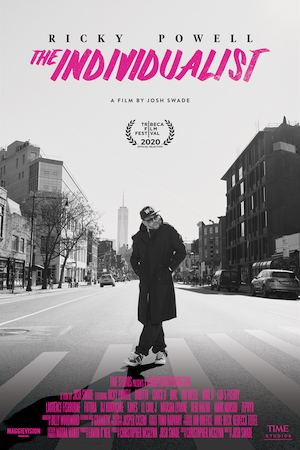 Unfortunately Ricky Powell is also a topic that requires the same disclaimer/disclosure as so many topics these days. After he died of heart failure at the age of 59 in February of 2021, stories came out about him having been abusive to women. I don’t know the details and had trouble finding references to it today, but the claims are out there. They are not addressed in the movie, which was made while Powell was alive, other than a short coda showing a memorial. But the stories seem to fit with the deep addiction, childhood trauma and self hatred explored in the movie. With this additional information can you still celebrate the work and find the story interesting? I think so. But it’s something you have to keep in your mind. The lovable curmudgeon he comes across as in the movie is probly the side of him his friends knew. Though you wonder any time they mention unspecified wildman antics of his youth.
Unfortunately Ricky Powell is also a topic that requires the same disclaimer/disclosure as so many topics these days. After he died of heart failure at the age of 59 in February of 2021, stories came out about him having been abusive to women. I don’t know the details and had trouble finding references to it today, but the claims are out there. They are not addressed in the movie, which was made while Powell was alive, other than a short coda showing a memorial. But the stories seem to fit with the deep addiction, childhood trauma and self hatred explored in the movie. With this additional information can you still celebrate the work and find the story interesting? I think so. But it’s something you have to keep in your mind. The lovable curmudgeon he comes across as in the movie is probly the side of him his friends knew. Though you wonder any time they mention unspecified wildman antics of his youth.
Now that I’ve probly scared you off from watching it, let me tell you how good this movie is. It opens with him in that bordering-on-hoarder apartment, weathered and stiff-jointed, putting on his clothes to start his day. There’s a hip-hop-GREY-GARDENS aspect to it – a mixture of cool and pathetic. Clinging to memorabilia of an incredible past, all very interesting if you know about it, but looking very sad piled up in this decrepit little room. Later friends will talk about that place. The actor (who played a photographer on Homicide!) Max Perlich says he doesn’t let his body come into contact with any surfaces in there.
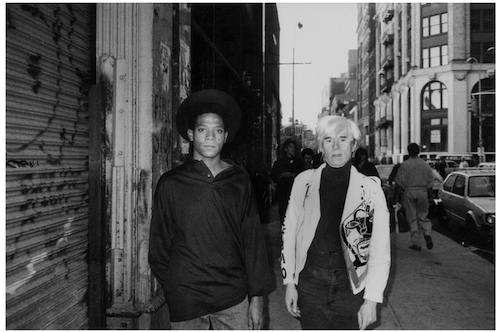 I’ve never been to New York, and according to all involved, it is no longer possible to visit this New York. But it’s a world I’ve been fascinated with for most of my life, first from a kid’s perspective, watching movies and listening to music, much of it created by Powell’s friends. Listening to Beastie Boys and Run DMC, trying to decode their in-jokes, slang and regional references, seeing their surroundings in videos and photos, many of them shot by Powell. His life intersected with the birth of rap, but also the punk scene, and the art scene. One of his earliest and most famous photos is of Jean-Michel Basquiat and Andy Warhol. He tells the story of how Basquiat was one of the many characters he would run into in the neighborhood and say what’s up to. And then he was at this art opening and saw them arriving together. Warhol didn’t know what was happening but Basquiat supposedly said “He’s cool” and let him take the picture.
I’ve never been to New York, and according to all involved, it is no longer possible to visit this New York. But it’s a world I’ve been fascinated with for most of my life, first from a kid’s perspective, watching movies and listening to music, much of it created by Powell’s friends. Listening to Beastie Boys and Run DMC, trying to decode their in-jokes, slang and regional references, seeing their surroundings in videos and photos, many of them shot by Powell. His life intersected with the birth of rap, but also the punk scene, and the art scene. One of his earliest and most famous photos is of Jean-Michel Basquiat and Andy Warhol. He tells the story of how Basquiat was one of the many characters he would run into in the neighborhood and say what’s up to. And then he was at this art opening and saw them arriving together. Warhol didn’t know what was happening but Basquiat supposedly said “He’s cool” and let him take the picture.
There are some good observations about his work, by the people in the photos and their contemporaries, as well as by photographers and gallery curators. LL talks about the profundity of Run DMC standing in front of the Eiffel Tower wearing the same clothes they wore in the hood. Look how far we’ve come.
Powell traces the origins of his photography to a very artsy girlfriend who dumped him suddenly. Supposedly she left a camera behind and he started using it as sort of a fuck-you. They actually interview her and she does not dispute this.
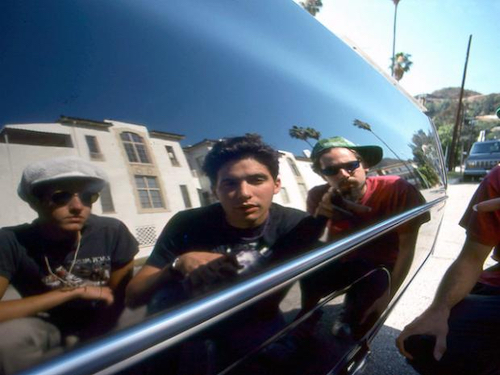 And of course he explains how he became part of the Beastie Boys entourage in 1986. As he tells it, he was at a shitty job and saw a 2-page ad for the Raising Hell Tour in a newspaper. So he figured out what city they were in, walked off the job, flew to Florida, found the stadium, knocked on the back door and told security to tell Ad-Rock that The Rickster was there. “Oh shit, what are you doing here?” “I was in the neighborhood.” So suddenly he was on the tour with them, and the tours after that, taking photos and videos, wreaking havoc, sometimes introducing the band.
And of course he explains how he became part of the Beastie Boys entourage in 1986. As he tells it, he was at a shitty job and saw a 2-page ad for the Raising Hell Tour in a newspaper. So he figured out what city they were in, walked off the job, flew to Florida, found the stadium, knocked on the back door and told security to tell Ad-Rock that The Rickster was there. “Oh shit, what are you doing here?” “I was in the neighborhood.” So suddenly he was on the tour with them, and the tours after that, taking photos and videos, wreaking havoc, sometimes introducing the band.
Of course there’s a treasure trove of clips of all this stuff. We see him with Keith Haring, with young Sofia Coppola. There’s a picture of pre-famous Cindy Crawford in a restroom at some club, looking like a beautiful but normal person. There’s a video from when he took photos of Eazy-E in a hotel room. Imagine just sitting in a hotel room talking to Eazy-E. Below is one of my favorites – Run DMC, Beasties Boys and friends on a tour bus. It’s not a particularly artfully composed photo (some of his are, some aren’t), but it’s such an astonishing moment in history for those of us who care about this stuff. It’s these rappers who are icons, and also they’re just people on a long, boring drive. You wonder about the social situation between them all. Beastie Boys on the top of the charts, but so young, never expected to get to this point, and surely looking up to their tour mates, wanting to impress them. I can stare at this for a long time. I’m glad there’s a photo to, in some sense, put us on that bus.
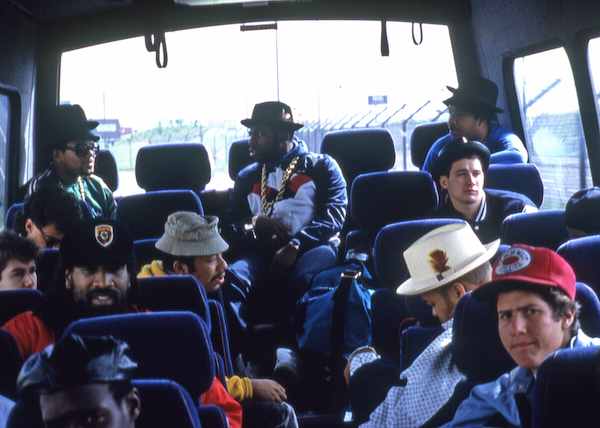
From 1990 to 1996, Powell did a public access show called Rappin’ With the Rickster, interviewing some of his famous friends and visiting his favorite neighborhood spots, so there are some good clips from that. Vin Diesel is briefly in the movie, both now and then. Powell must’ve known him in his bouncer days. There’s a clip from the show where babyfaced Vin is walking down the street and Powell just goes up to him with the camera and it’s just two friends running into each other and making small talk.
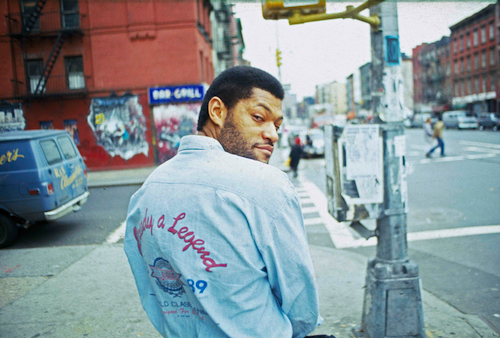 A clip of young Fishburne is more like an official interview, but it’s clear that they’re good friends. There are a few great photos of pre-fame Fish (as his friends apparently call him) looking totally badass. He sort of re-creates one that he’s very fond of with Powell during the movie.
A clip of young Fishburne is more like an official interview, but it’s clear that they’re good friends. There are a few great photos of pre-fame Fish (as his friends apparently call him) looking totally badass. He sort of re-creates one that he’s very fond of with Powell during the movie.
Though he had plenty going on outside of the Beastie Boys, it was a major change in his life when he stopped touring with them. All parties agree that the group had grown up and Powell had not. In 1995 MCA had met the Dalai Lama and was trying to free Tibet, and they really weren’t interested in licensed illness anymore, so Powell no longer fit with them. A very obvious point someone makes that hadn’t really occurred to me before is that the change in their relationship, while understandable, also means that the band was never really documented in the same way after that. Too bad.
Being back at home after all that seems to have really messed with Powell. I think it’s very understandable how living that kind of incredible life – traveling around the world, being friends with all the greatest rappers, standing in front of cheering fans every night, getting high and goofing around, doing a fun job in the midst of all that – and then coming home to quiet normalcy would do a number on you, especially if you have an addictive personality/genetics. He went from feeling like a rock star to feeling like a nobody or a has-been in a city that was changing. The people and scenes he had come up with weren’t there anymore and he probly felt like nobody gave a shit about him.
He talks about the bad times after that, not leaving his apartment, blowing huge amounts of cash on drugs and escorts (to do drugs with), losing friends, not working. Lots of self destruction, some close calls that seem to scare him straight. Lots of friends who say it wouldn’t have been surprising if he’d died. He doesn’t seem to have entirely bounced back at the time of filming. This may be a little movie magic, but he seems to only then be inspired to get help from a really diligent assistant/manager and start putting together books and retrospectives and stuff.
And there’s other stuff that happens during and/or because of the documentary that makes it transcend just being a good talking-head/brief-history-of type doc. He has mentioned never knowing his father and not getting along with his elderly mother, who he describes as a beatnik and has always just called by her first name, Ruth. And then, somehow, he ends up going to a deli at the same time as her. He wants to leave but the filmmakers convince him to stay to talk to her. You can see him unable to go inside, instead waiting nervously for her to come out. It’s so upsetting. I can feel it in my stomach just writing about it. When she does come out he goes up and keeps saying her name, puts his hand on her arm, cannot get her to look at or acknowledge him. Jesus.
Later in the movie she leaves him a voicemail wanting to talk to him. Something – her health, the encounter, knowledge of the documentary, whatever – made her want to patch things up with him. So he comes over. You can see where he gets his pack rat thing, but her place looks bigger than his, and definitely much neater. I wondered how she could physically make it that way, she seems so slow and fragile. Their talk is very awkward, but she does genuinely apologize, express love for him and regret about how she’s treated him. Even admits having paid more attention to her pets than to him (earlier he’d talked about her cooking dinner for the dogs and not for him). He seems happy to have talked, but if he gets very emotional he hides it.
Despite everything we’ve been told about him, it’s kind of shocking that Ruth outlived him. He thought she was making amends because she didn’t have much time left.
You can’t brush over the allegations. They taint his legacy and compound the tragedy of his life. So you should know about them before glorifying him. And yet… he is gone, and we are left with these photos, which document times and places and people that I’m so glad have been captured to be shared with us in this way. And the movie itself also tells a story about these people and movements, even if it’s a story told through this very admittedly flawed person in the middle of it.
I don’t know. I hate having to wrestle with this ugly stuff all the time, but it’s better than the old way of just keeping it secret and not thinking about it. I don’t want to run from it. He was a person who did amazing things and also, apparently, terrible things. I’d rather he took these photos and was not a bastard, but I guess we’re not that lucky. The story is still fascinating.
Director Josh Swade has done some 30 For 30 episodes and a feature called ONE & DONE about the basketball player Ben Simmons. He also did a short about Rick Rubin returning to his NYU dorm room 30 years after starting Def Jam there, and telling the story of how he did it. I would love to see more movies along these lines.

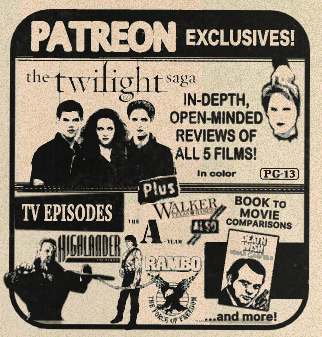
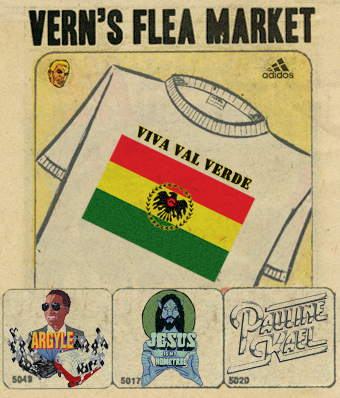
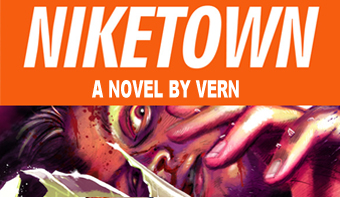
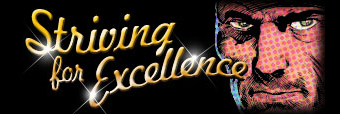
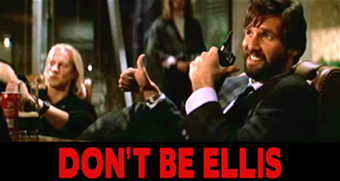

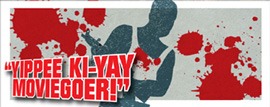








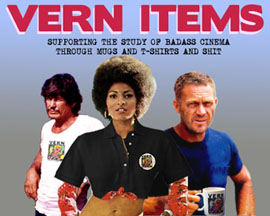
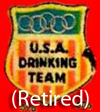
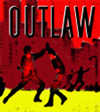






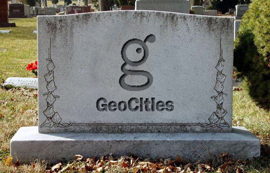
May 11th, 2022 at 10:50 am
There are some professions where it seems like it’s easier to just assume anyone in it is a total scumbag than it is to give that person the benefit of the doubt. Sadly, “photographer” is one of those professions. Maybe it’s the proximity to all that fame and power without having any of it yourself, maybe it’s the camera lens acting as a barrier between oneself and one’s conscience, but it sure does seem like a job that attracts abusers. Which is a real shame, because these are the people who shape our perception of history.
“a guy in his late 50s still dressing like he’s in his 20s”
Oh man, yeah. There is definitely a breed of New York white guy who was down with the hip-hop back in the day and will never grow out of it. I’ve met dudes in their 50s and 60s who are fully functioning adults but there’s still that element of B-boy or backpacker (or whichever era they represent) in their wardrobe at all times. It just gets burned into the DNA. I spent one memorable commercial shoot working with an older Russian locations manager. The whole day, I’m just thinking “Wow, my man’s got some serious sneaker game for a old dude.” Then, at the end of the day, he dropped the fucking bomb on me that he used to manage the Fat Boys at the height of their fame. Then it all clicked. He wasn’t rockin’ the jumpsuits and Kangols or nothing but there was an unmistakable “Golden Age of Hip-Hop” vibe about him.
Cool dude. He said he still had an official Fat Boys satin baseball jacket that I would murder a busload of nuns to get my hands on. He’s lucky he didn’t have it with him or shit could have gotten ugly.